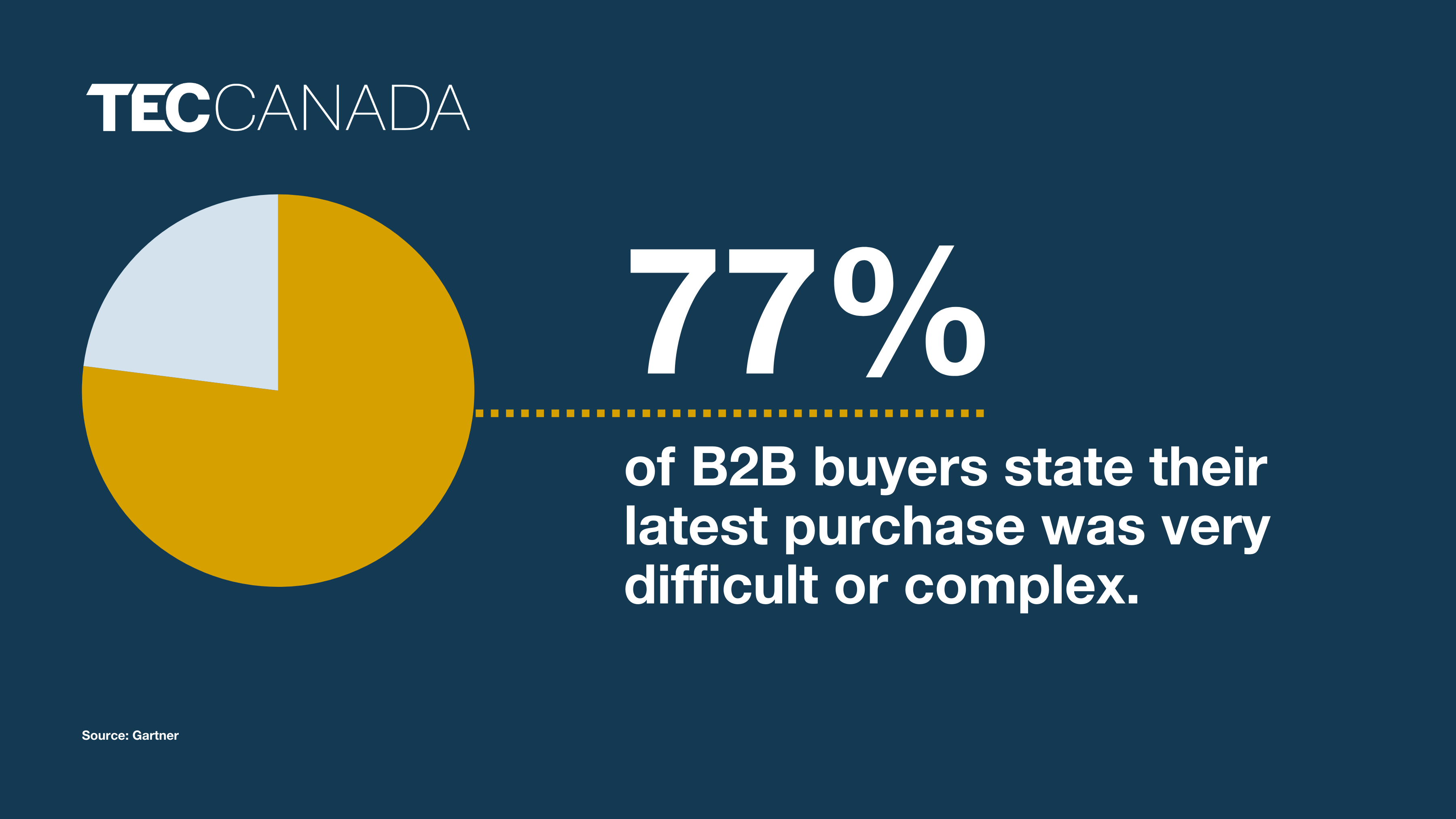3 Steps: How to be Good at Sales in Today’s Economy
Reading Time: 4 Minutes
A Coming-of-Age Sales Story
In my early twenties, I sold cars. The process was simple. Our dealer ran ads in the local newspaper, and these along with television and radio ads by the manufacturer (General Motors) enticed customers to visit our dealership. Potential customers drove to the dealer and would invariably either engage with a salesperson or drive around the parking lot attempting to dodge them.
The internet was in its infancy, so the only way to view a car was to come and see one in person. This made selling straightforward.
If we weren’t approaching a prospective customer in the parking lot, we’d jump on the phones, calling past prospects to get them back to the dealership. Email was also an option, although few people were using it at that time. It wasn’t a reliable way to target customers.
To say that sales pipelines today have changed, and the selling skills that go along with them, would be an understatement.
Prospects today can, using the internet, literally research everything they need to know about your product or service before they ever speak with anyone. There is no need to meet with or even speak with a salesperson. The days of “visiting the dealership,” for example, are dead. Everything the prospect wants, or needs is at their fingertips, when and how they want it.
Information Creating a Problem

The buying process in most organizations consists of several people, all with their own research and information on similar products or services to be purchased, comparing notes, and attempting to reach a consensus on what to buy, and from whom.
As a result, according to the consulting firm Gartner, 77% of B2B buyers state their latest purchase was very difficult or complex. The sheer volume of information buyers face makes the buying decision a complex and almost unbearable task.
When we consider this for a moment, it creates a new opportunity for sales professionals to develop a new sales strategy.
Shifting Sales Strategy
To learn how to be a great salesperson, professionals first need to reframe the context of what leads to a sale.
Rather than act as a representative of a company’s product or service, sales professionals must shift to become a liaison, helping prospects navigate the information they’ve encountered, and make informed decisions.
In other words, the role of a salesperson is no longer to “pitch” a product but rather to present options and assist customers who are attempting to navigate a complex and difficult decision.
Most of the literature you’ll find today refers to sales professionals becoming a trusted advisor, but there’s a problem with this perspective.
Trust Must be Earned
Talk to your sales team and tell them they need to become trusted advisors, and the response will likely be, “How do I do that?”
Having worked with sales teams ranging from two people to 200 people, I’ve learned that the pathway to earning a prospect’s trust is paved with clarity.
Sales professionals today must become a resource who can assist prospects with understanding and navigating the very information they are overwhelmed with. Assisting them in deciphering right from wrong, good from bad, and relevant from irrelevant.
Enter Sales Concierge
The new type of sales strategy isn’t a strategy at all, it’s a new position entirely.
The reason I refer to this new role as a “sales concierge” is because sales professionals must shift from telling (talking, pitching, presenting) to engaging with their customer base and existing market.
When you engage, you create a dialogue, which in turn assists in understanding where you can support the prospect, and specifically how to do so. The impression you and your organization deliver to your target audience informs them and their decisions. You could be the first point of contact, or maybe it was a marketing campaign, either way this is the beginning of a dialogue.
Creating a Dialogue
A successful dialogue results from three crucial steps in the sales process:
- Differentiation
- Deep questions
- Social proof
Differentiation
Sales professionals must presume that customers have fully educated themselves on their product, and the wide variety of solutions in the market, even if they suggest they “want more information.” Diving into a presentation, for example, is a waste of time (and often annoying for the customer).
Instead, sales professionals must focus on sharing what’s unique or different about their product or service.
- What are the unique benefits of your product or service?
- How is your product or service different than anything else in the market?
- What hasn’t the prospect likely gleaned from their original research?
Differentiating your product or service is not enough, however. Sales professionals must also dive deeper into their questions to better understand how to position their product or service.
Deep Questioning
Deep questioning is a process that encompasses understanding the needs of your prospect by diving deeper into understanding the driver of those needs.
For example, if a customer suggests they need to change insurance providers, the sales professional would ask deeper questions to understand why, rather than accept their needs at face value. For example, they might ask
- Why is this change important (to the company, or the individual)?
- Why is now the right time to make the change in providers?
- What are the underlying objectives for making the change?
This step will test a salesperson’s listening skills as well. Rather than preparing a planned speech or sample elevator pitch, they’ll have to hear the customer’s needs.
Social Proof
It’s fair to presume that any prospect you engage with has interest in your product or service – otherwise, they would likely hold back on reaching out. Building on the two steps above, you need to prove what you say by providing relevant social proof.
This can come in many forms. However, the most common include:
- Customer testimonials (in written and video form)
- Customer case studies
- Customer reviews
- Customer referrals
Final Form: A Sales Influencer
When these three elements are combined, it shifts the role of sales from that of “telling” to “influencing.”
So, if your sales are less than adequate, try introducing these three steps into your sales team’s traditional selling process, and shift their role from that of being in sales to being a sales concierge.
Your future customers will thank you.
For more information on succeeding in sales and becoming a market leader, visit this collection of curated sales insights for effective sales strategies. If you’d like to gain access to our high-impact research, consider becoming a member of one of our peer advisory groups.
About the Author
Shawn Casemore is a TEC Speaker and sales expert who inspires audiences to reach new levels of sales performance. Rather than providing elevator pitch examples, Shawn shares deep insights and actionable takeaways that can be applied immediately. He is the author of five books including The Unstoppable Sales Machine (2022), and The Unstoppable Sales Team (2023) as well as his forthcoming book The Sales Multiplier Formula (2024).
Having spoken professionally for 15 years, Shawn consistently studies top sales performers, sharing new sales skills on selling in today’s economy. His keynotes and programs enable his audiences to create an environment of Unstoppable SalesSM.


